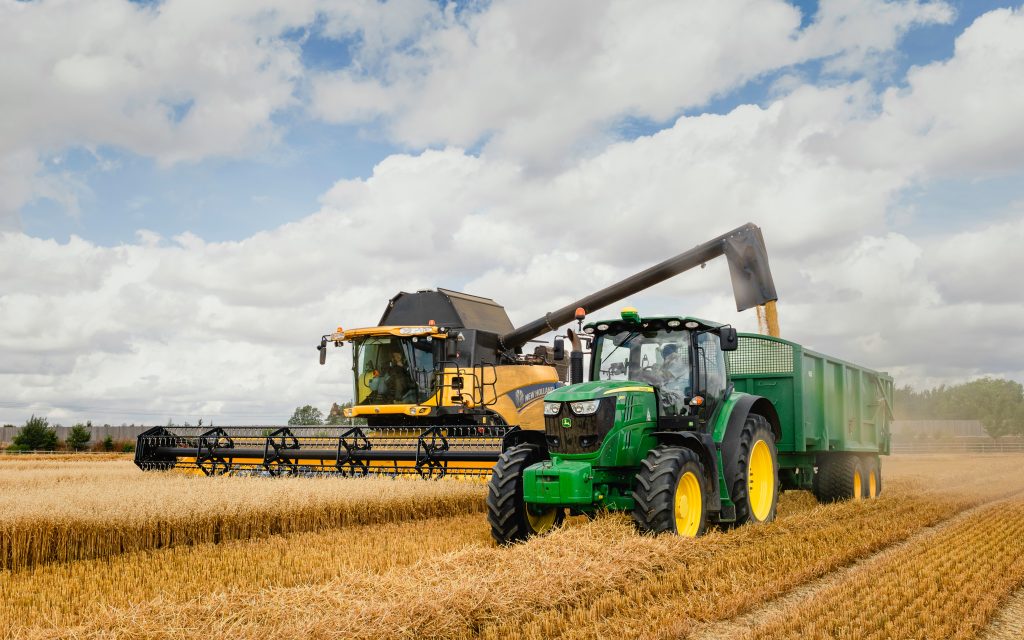Did you know that agricultural companies can apply for research and development (R&D) tax relief? Our farms and landed estates specialists summarise everything you need to know about R&D within the industry, including who is eligible to claim tax credits.

What is R&D?
From a tax perspective, R&D is defined as a project that aims to advance overall knowledge or capability in the field of science or technology. The term ‘research and development’ also encompasses projects and activities that support the resolution of scientific or technological uncertainties.
It is a common misconception that R&D only applies to the invention of something new and tangible. R&D can also involve improving working practices, by implementing new systems and processes or revolutionising existing ones for more efficient operations.
Examples of R&D in the agriculture sector
There is a vast number of research and development opportunities within the agricultural sector. Many farmers and business owners in the sector are natural innovators, having spent much of their working lives adapting the way they work to meet the needs of a rapidly evolving industry.
You may find that there are existing processes and projects within your business that already qualify as R&D. Some examples of R&D in the agricultural industry include (but are not limited to):
- Development of new machinery
- Initiatives to maximise yield
- Sustainability processes, such as a waste reduction and reusable products
- Fertiliser development
- Vertical farming advancements
- Animal health and welfare initiatives
- Feeding trials
How does R&D tax relief work?
Introduced in 2000, R&D tax relief is a government scheme that aims to promote scientific and technologic innovation within the UK. It offers a financial incentive to innovators and pioneers in business across all industries and sectors through R&D tax credits that reduce corporation tax on qualifying expenditure.
You can claim R&D tax relief on any project that fits the specified criteria, even if the project in question was ultimately unsuccessful in achieving its objectives. The relief only applies to certain costs however, including materials used, staff on payroll and subcontractors.
The amount of tax credits you are eligible for depends on which of the two schemes your company falls under:
Small and medium sized enterprises (SME) R&D relief
You can claim SME R&D relief if your business has less than 500 staff, in addition to a turnover less than 100 million euros or a balance sheet total less than 86 million euros.
SME R&D relief entitles you to a 130% deduction on qualifying costs from your annual profit plus the standard 100% deduction, resulting in a 230% total deduction.
If your company is making a loss, you can claim a tax credit worth up to 14.5% of the surrenderable loss.
Research and Development Expenditure Credit (RDEC) scheme
RDEC can be claimed by large companies working on R&D projects, as well as any SME or large company that has been subcontracted to carry out R&D work on behalf of a large company.
Any companies claiming grants must claim under the RDEC scheme rather than the SME scheme.
As of 1 April 2020, RDEC enables you to claim 13% tax relief on qualifying R&D expenditure.
April 2021 update to R&D tax credits – PAYE cap
In April 2021, the government re-introduced a PAYE cap on R&D tax credits. The cap means that loss making SMEs can only claim up to £20,000, in addition to 300% of the company’s pay as you earn (PAYE) and national insurance contributions (NIC) liability for that period.
An SME may be exempt from the cap if it is creating or managing intellectual property and less than 15% of its total R&D expenditure is spent on work that is subcontracted to or uses employees of connected persons.
Who can apply for R&D tax relief?
Although businesses in any sector can claim R&D tax relief, you must be liable to pay corporation tax, and relief is consequently only available for limited companies. Unfortunately, farming partnerships are therefore not eligible to apply for R&D tax credits.
How to claim R&D tax credits
R&D tax relief is claimed via the company’s corporation tax return and the deadline for making a claim is 24 months after the end of the relevant accounting period. More information on the R&D tax relief application process can be found on the HMRC website.
Applying for R&D tax credits can be lengthy and complicated process, therefore we would always recommend that you seek specialist advice and support if you believe you are eligible to claim.
Our farms and landed estates experts have a wealth of industry experience and knowledge. At PKF Smith Cooper, we understand that farming is more than just a business – it’s a way of life. Contact us today to find out more about the variety of services we offer and how we can help your agricultural company with R&D tax relief.
Subscribe to our insights to receive future articles directly to your inbox.




